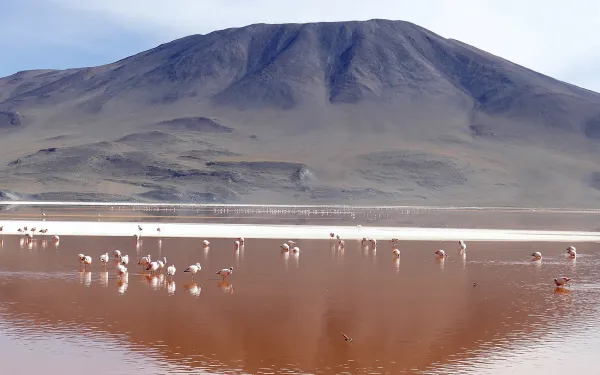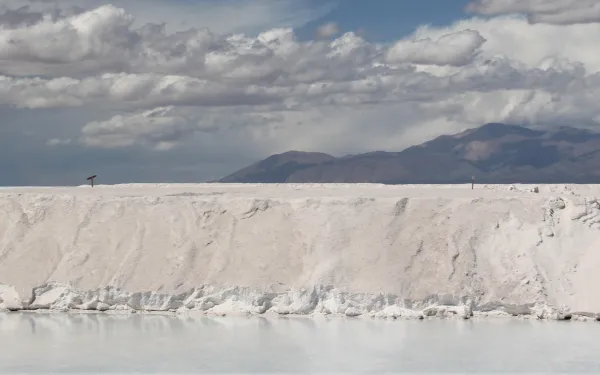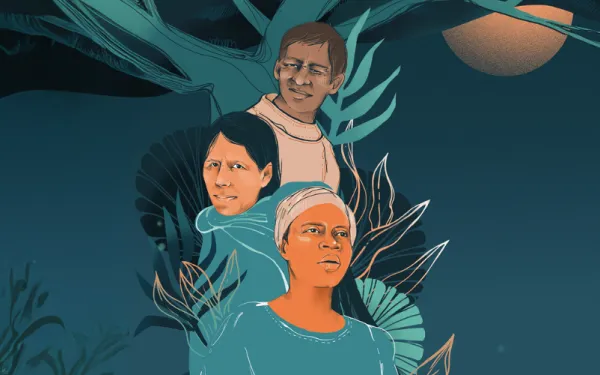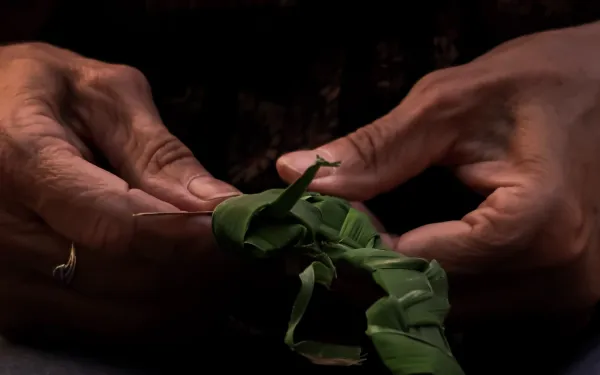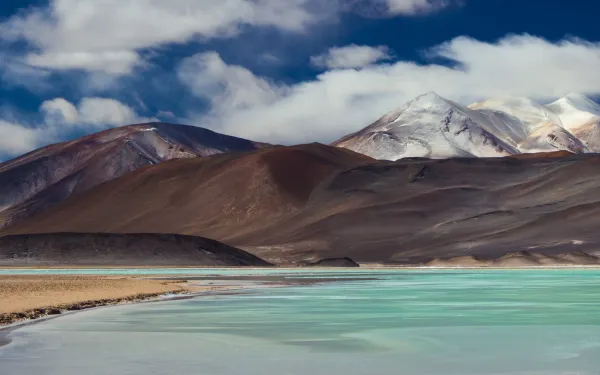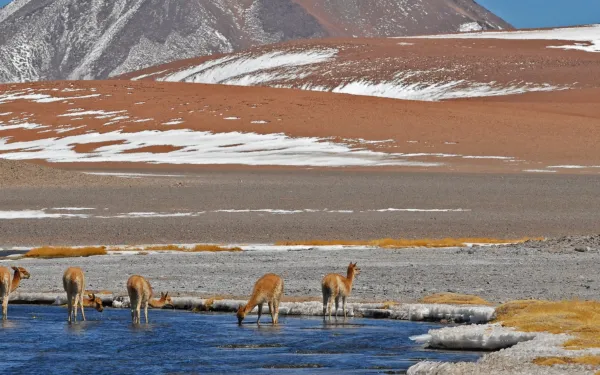
Justice for Andean Wetlands and Indigenous Peoples in Climate Action
The growing global demand for transition minerals—including lithium, copper, and nickel—driven by the current energy transition model, but also by the expansion of the digital economy, data infrastructure, and the military and aerospace industries, is causing irreversible ecological damage and violating fundamental human rights across the territories of the Global South. Latin America is the most biodiverse region on the planet and one of the most culturally diverse regions in the world. It is home to numerous Indigenous peoples who inhabit and safeguard these territories.At the same time, the region holds significant mineral deposits, placing it at the center of the growing global interest in mineral extraction. This demand intersects with fragile ecosystems, unique biodiversity and the territories of traditional and Indigenous communities, including the Amazon and the high Andean wetlands, which are crucial for climate adaptation due to their role in water regulation, and in mitigation, as they act as carbon sinks.Intensive mining in these ecosystems exacerbates climate vulnerability and fosters socio-environmental conflicts, compromising the ecological and cultural integrity of these ecosystems and communities. The push to expand extraction contradicts multilateral environmental protection frameworks and the climate and biodiversity commitments adopted by the States Parties. This trend jeopardizes the possibility of a just and equitable transition, reproducing the same patterns of inequality and climate harm that current policies claim to overcome. In this context, the Alliance for Andean Wetlands calls on States Parties to the UNFCCC to ensure: 1. Human rights and justice must be at the center of any transition and of all strategies for climate change adaptation and mitigation, including the rights of communities living in territories where the transition minerals are located.Human rights are essential to ensuring a just, equitable and people-centred process. States must guarantee the right to self-determination of Indigenous peoples, recognized worldwide as guardians of natural systems. This must encompass their right to define their own development priorities and to exercise Free, Prior and Informed Consent (FPIC), as well as the unequivocal obligation of States to respect their decisions, particularly their right to say “no” to projects that threaten their integrity and that of their territories. States must also ensure protection of environmental defenders, and guarantee public access to information, participation and justice on decisions about transitions that might affect the environment and human rights. These guarantees are crucial for the case of so-called transition minerals, like lithium and copper, found in the high Andean wetlands, ecosystems that are fundamental to life, ecological and climate balance, and the livelihoods of the communities that inhabit them. 2. Respect of planetary boundaries and the protection of the integrity of ecosystems, particularly those that play essential roles in climate adaptation and mitigation.Keeping ecosystems such as Andean wetlands, which are of high ecosystemic and cultural value, free from high-impact activities is a priority for climate and ecological justice. Because lithium mining is water mining, it drains already scarce water sources and severely affects surrounding ecosystems, leaving lasting environmental damage.To preserve the high Andean wetlands and their contributions on which life in the region and on the planet depends, States must fully respect and comply with international environmental law; adopt and strengthen effective protection measures (including the establishment of “no-go zones”, protected areas, ICCAs); and apply robust and science-based environmental planning instruments that seek to prevent environmental damage (i.e. environmental strategic and cumulative impact assessment, environmental impact assessment).Effective environmental protection also requires up-to-date knowledge of ecosystem structure, functioning, and contributions, developed through collective and democratic processes, integrating traditional knowledge and practices of Indigenous Peoples and local communities. Parties should systematically incorporate scientific advances and traditional knowledge into climate-related decisions, including the design and implementation of their Nationally Determined Contributions (NDCs) and related roadmaps, to ensure commitments reflect the realities of the territories they aim to protect. 3. Support for socio-ecological transitions for the Global South.Countries in the Global South need enough fiscal and policy space to devise pathways out of fossil fuels that do not reproduce existing asymmetries and inequalities, or further extractivism. This calls for socio-ecological transitions that protect local economies while ensuring economic diversification, energy access, and energy sufficiency, respect for biodiversity, and human rights.These transition paths should be planned, implemented and monitored in a participatory manner, ensuring intersectional, intercultural and intergenerational participation. The Just Transition Work Programme (JTWP) under the UNFCCC provides a crucial space to integrate these concerns into global climate governance. It must ensure that the transition towards decarbonization also addresses material demand, territorial justice, and the rights of affected communities. Incorporating the realities of mineral extraction and socio-ecological transitions from the Global South within this programme is essential to achieve a truly just transition. 4. Traceability of the projections and uses of mineral demand and commitment of Global North countries to rapidly adopt policies aimed at reducing the consumption of primary minerals and energy.The current production and consumption model of industrialized countries disproportionately affects territories in the Global South by exacerbating environmental degradation and the violation of human rights, deepening North– South inequalities. In order to tackle the triple planetary crisis, unsustainable demand for raw materials and energy has to be addressed by binding targets on demand reduction that take into account planetary boundaries. Parties have the opportunity to include them in policy instruments such as Nationally Determined Contributions (NDC) and Long Term Strategies (LTS).These must be implemented through sufficiency and efficiency measures, as well as global and fair circular economy policies. This should involve considering alternatives to mobility beyond individual EVs. 5. Adequate, quality, accessible and additional financial and technical support, based on needs and priorities, so that the energy and socio-ecological transitions of the Global South are truly just and equitable.Such financing must be sustainable in time and of quality, that is, non-debt-creating and aligned with countries’ priorities, and accessible to enable progressive and sustained climate action. It should also address opportunities and conditions for instruments that foster fair transitions, including debt relief mechanisms and debt swaps. Furthermore, it remains important to discourage the use of trade regimes (including ISDS mechanisms) as pressure tools against countries in the Global South when they seek to regulate their mineral resources and establish no-go zones and other safeguards to protect human rights and environmental integrity. Download the document
Read more

